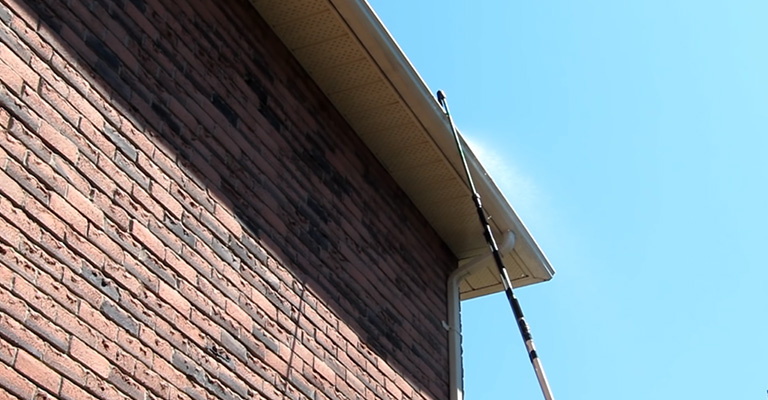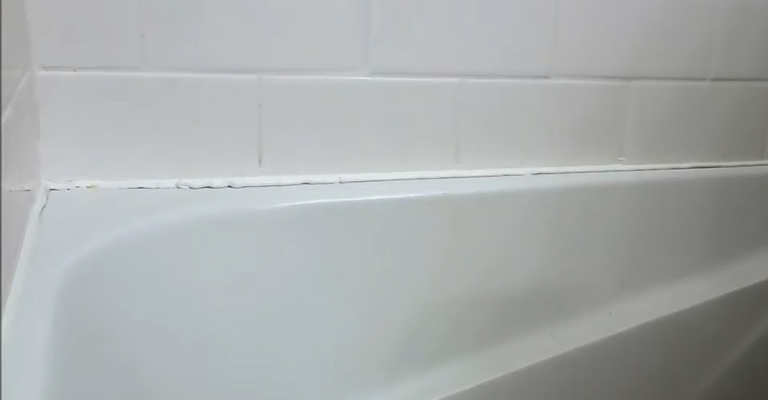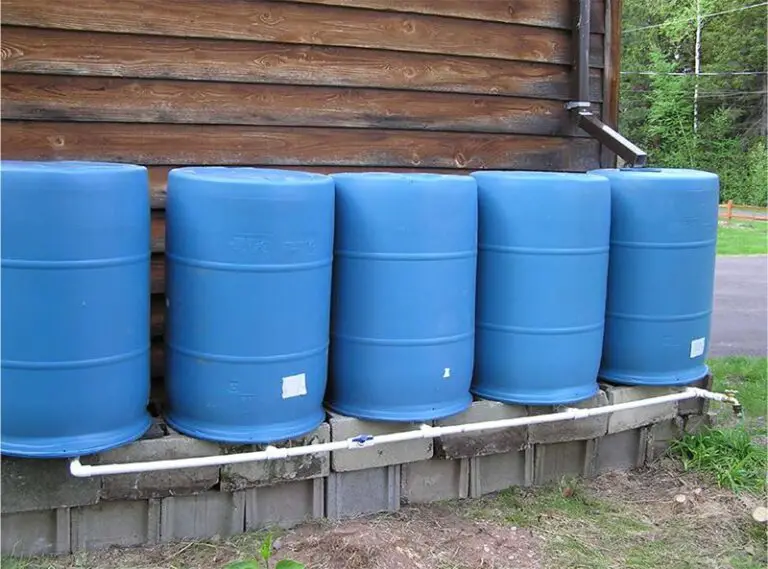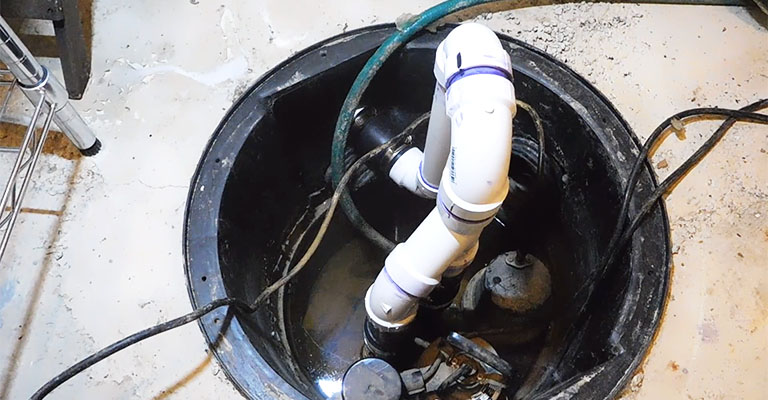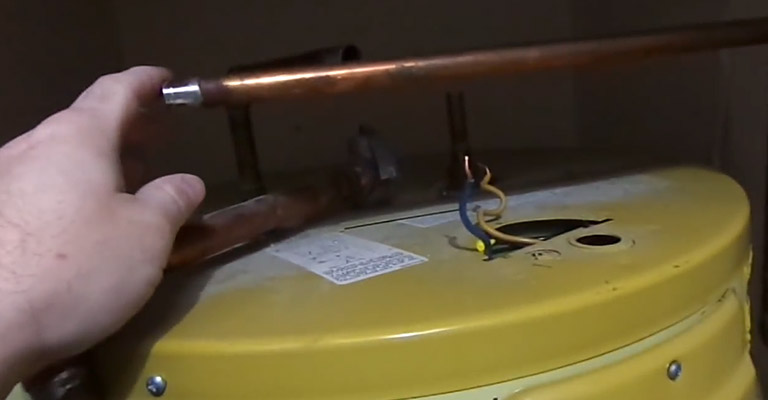How to Fix a Leaking Tap
A leaking tap is a common household problem that can cause frustration and an unexpected increase in water bills. However, it’s not always necessary to call a plumber. With a basic understanding of the components involved and a step-by-step guide, you can undertake this task yourself. This guide aims to provide you with comprehensive, easy-to-follow tips on how to fix a leaking tap, potentially saving you time and money. While it’s essential to always prioritize safety when dealing with plumbing issues, learning to solve minor problems independently can be a rewarding and useful skill.
Identifying the Type of Your Leaking Tap
The first step in fixing a leaking tap is to identify its type. There are four common types of taps: ball taps, cartridge (or sleeve) taps, disk taps, and compression taps. Ball taps have a ball bearing, while cartridge and disk taps have a mobile stem cartridge that moves up and down to adjust the water flow. Compression taps, the oldest type, involve a rubber washer that tightens against a valve seat. Understanding the type of your tap will help you diagnose the problem accurately and determine the appropriate solution. For instance, if you have a compression tap, it’s likely that the rubber washer needs to be replaced.
Finding a Trusted Plumber in Your Area
In cases where the leak is severe, or you are not confident in your ability to fix it yourself, seeking help from a professional plumber might be the best course of action. Here are some tips to help you find a trusted plumber in your area. First, ask for recommendations from friends and family who have recently had plumbing work done. Personal referrals are often the most reliable sources of information. Second, check online reviews and ratings from previous customers to get a better idea about the plumber’s reputation. Namely, the experts from D&S Plumbing Group, for example, suggest that a friendly and skilled team of plumbers who value communication can be the right choice for your needs. Lastly, make sure to check the plumber’s credentials and licenses before hiring them, as this ensures that they are qualified and experienced in their field. With proper research and vetting, you can find a trustworthy plumber who will provide quality service.
Gathering the Necessary Tools
Before you begin the process of fixing your leaking tap, it’s important to gather all the necessary tools. The specific tools required may vary depending on the type of tap you have, but most common household tools should suffice. These typically include a wrench, a screwdriver, a cloth, and replacement parts like a new washer or cartridge. It may also be beneficial to have a towel on hand to clean up any water that may escape during the process. Remember, ensuring you have all the necessary tools before you begin can make the process smoother and prevent unnecessary delays.
Fixing Minor Leaks
Minor leaks are typically easier to fix and are often caused by a worn-out washer or seal within the tap mechanism. Once you’ve gathered your tools, start by turning off the water supply to prevent any unwanted spills. Using a wrench, carefully dismantle the tap, remembering the order of the components for when you reassemble it. If you suspect that the washer is the culprit, replace it with a new one. For other tap types, you may need to replace the cartridge. Once the new component is in place, reassemble the tap in the reverse order of disassembly. After everything is tightened, turn the water supply back on to check if the leak has stopped. If the tap is still leaking, it may be best to consult a professional plumber as there could be a more complex issue at hand.
In conclusion, while a leaking tap can be an annoyance, it is often a problem that can be remedied with a little patience and the right tools. Identifying the type of tap you have is the first step towards fixing the issue, as it allows you to understand the potential causes of the leak and the components that may need to be replaced. Gathering the essential tools and replacement parts beforehand can make the repair process smoother and more efficient. However, if the leak persists after you attempt to fix it, it’s crucial to call a professional plumber. Remember, while it’s rewarding to solve minor plumbing issues independently, certain problems require professional intervention to prevent further damage to your plumbing system. Plumbing is an essential part of your home’s infrastructure, and keeping it in good condition ensures a comfortable and hassle-free living environment.

